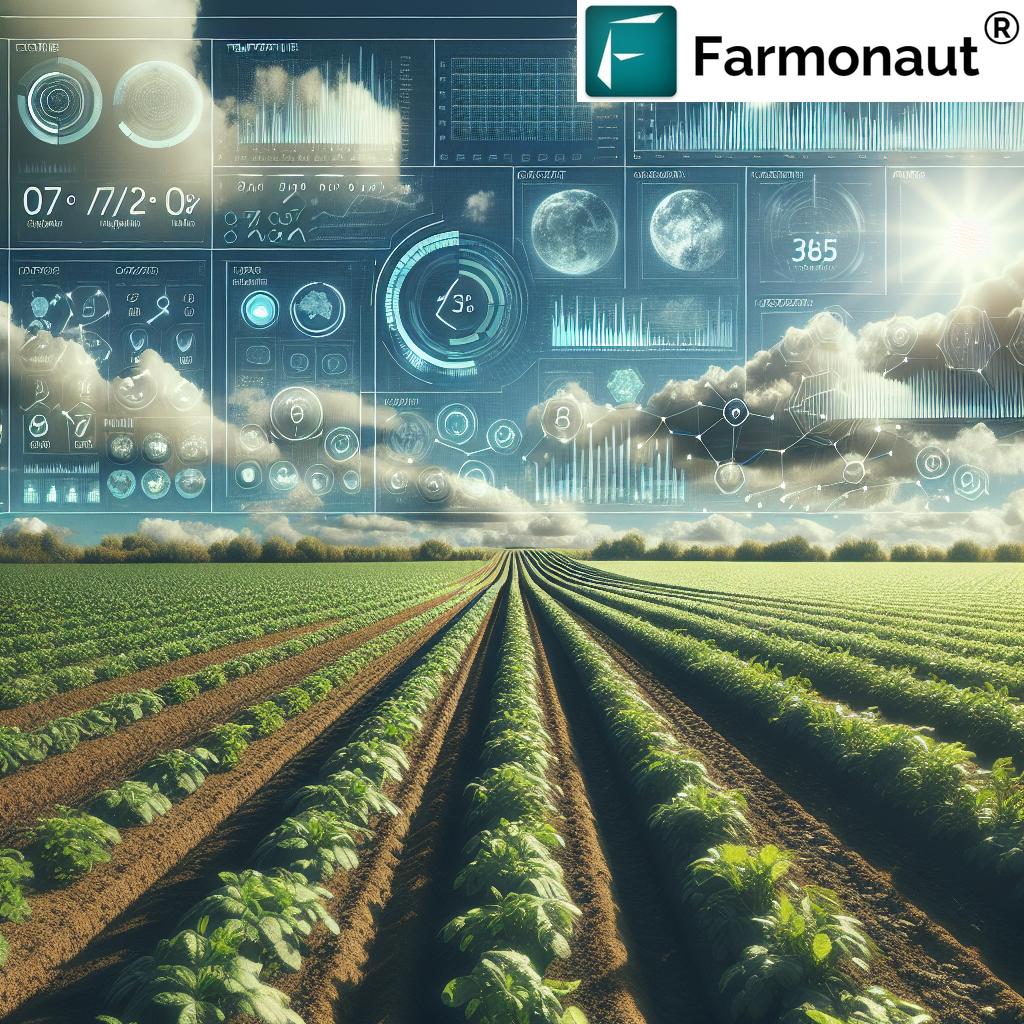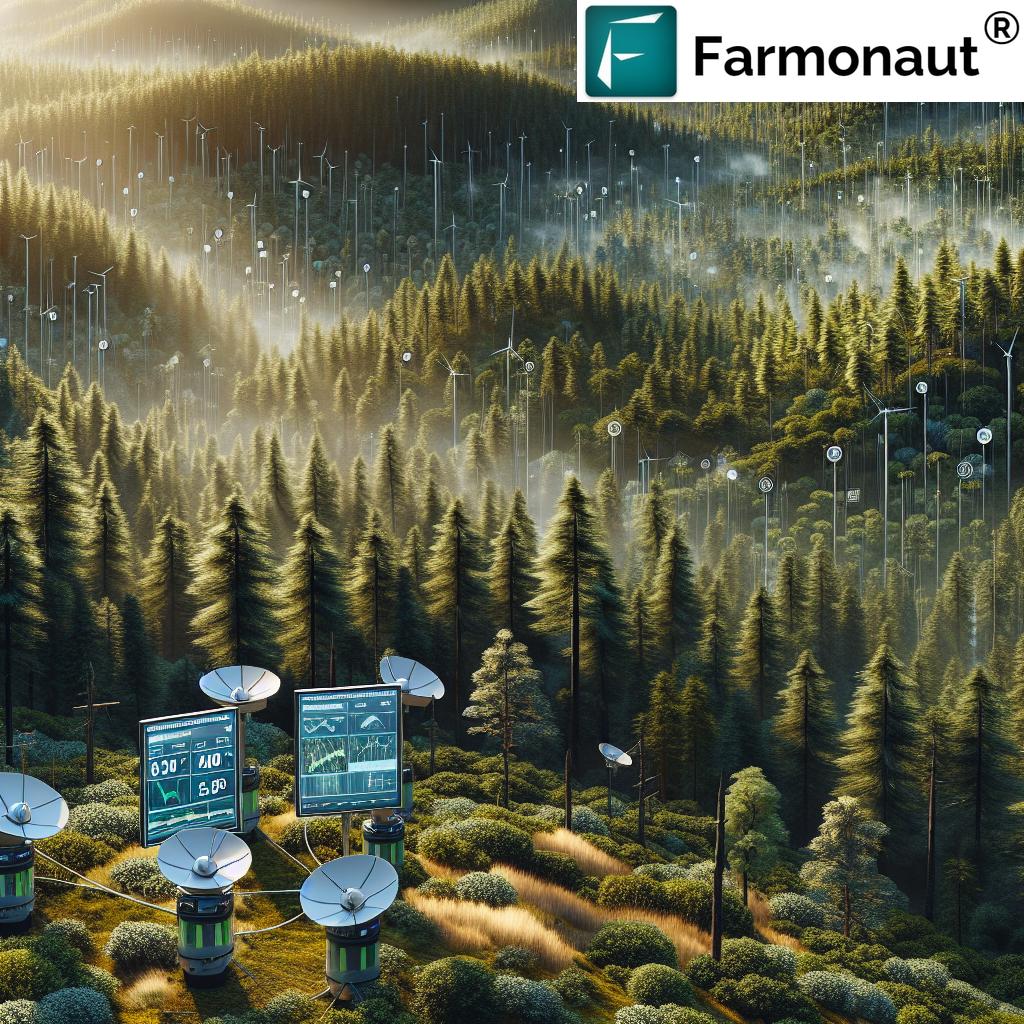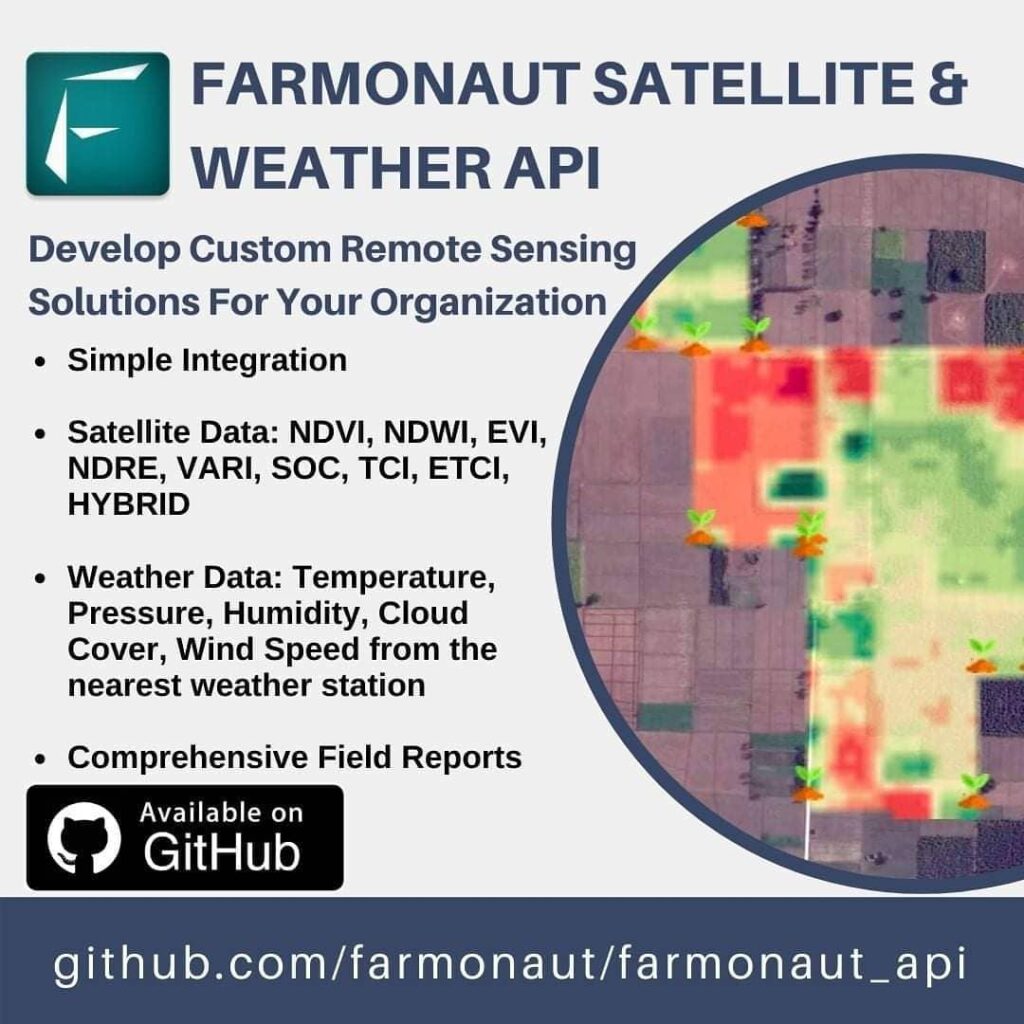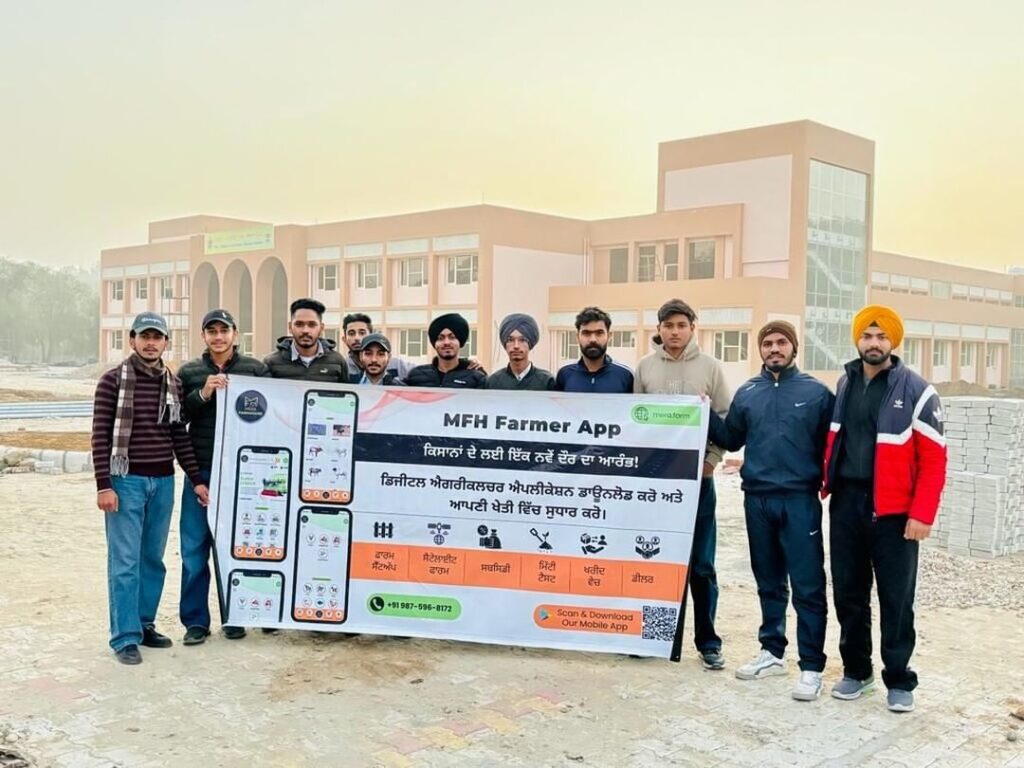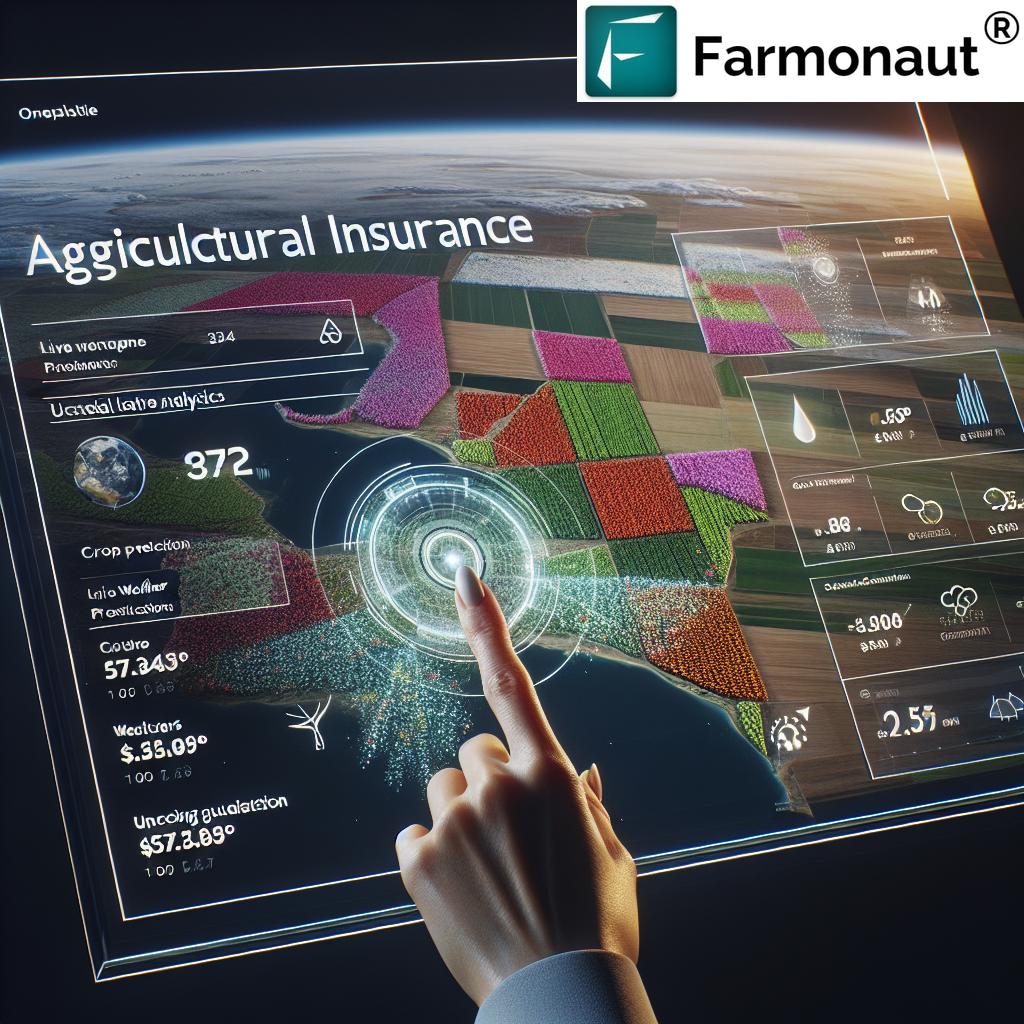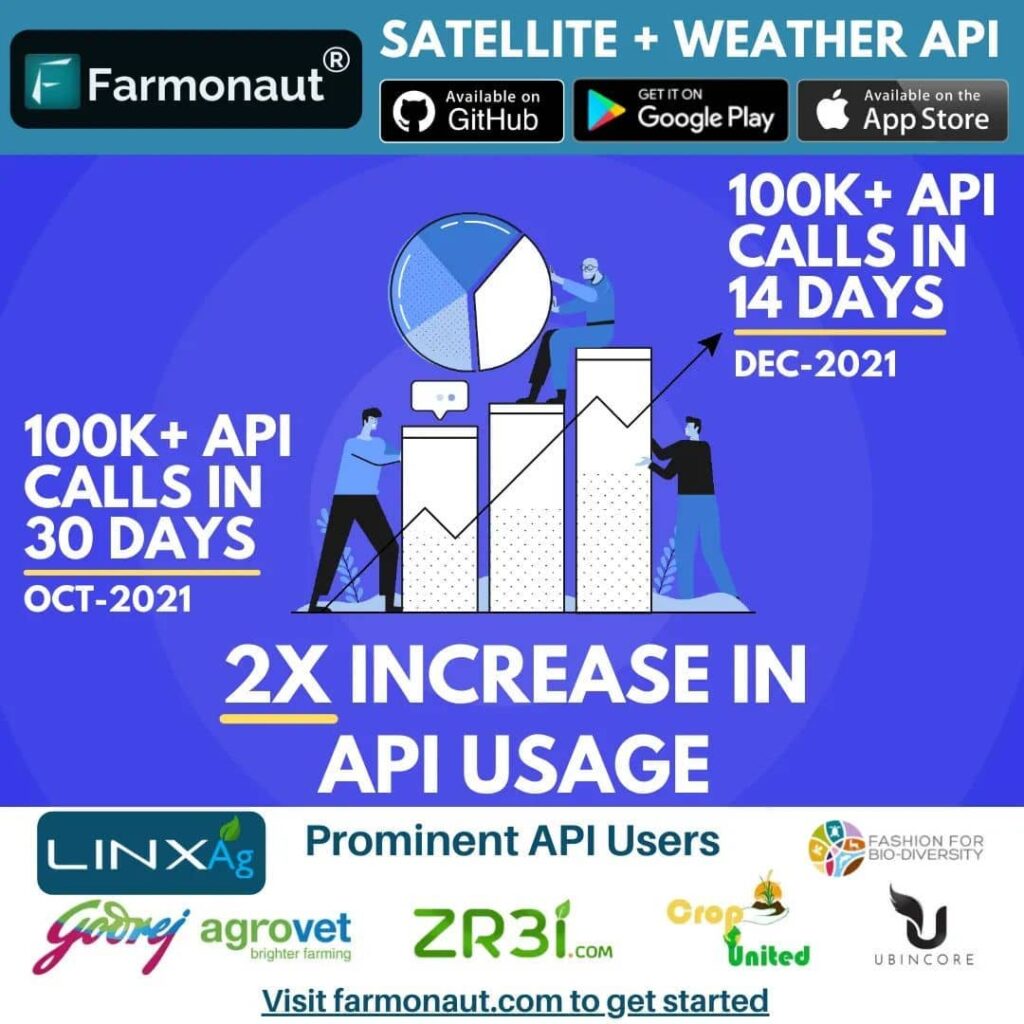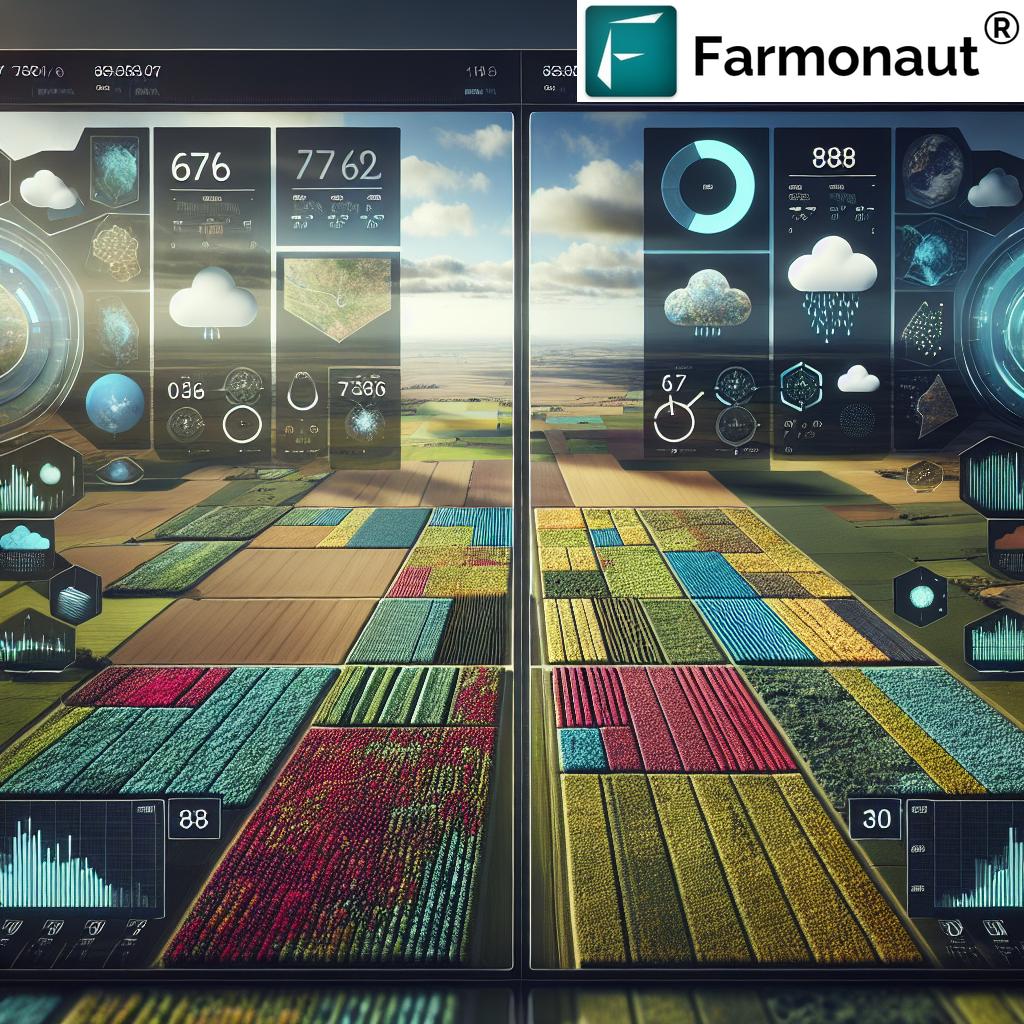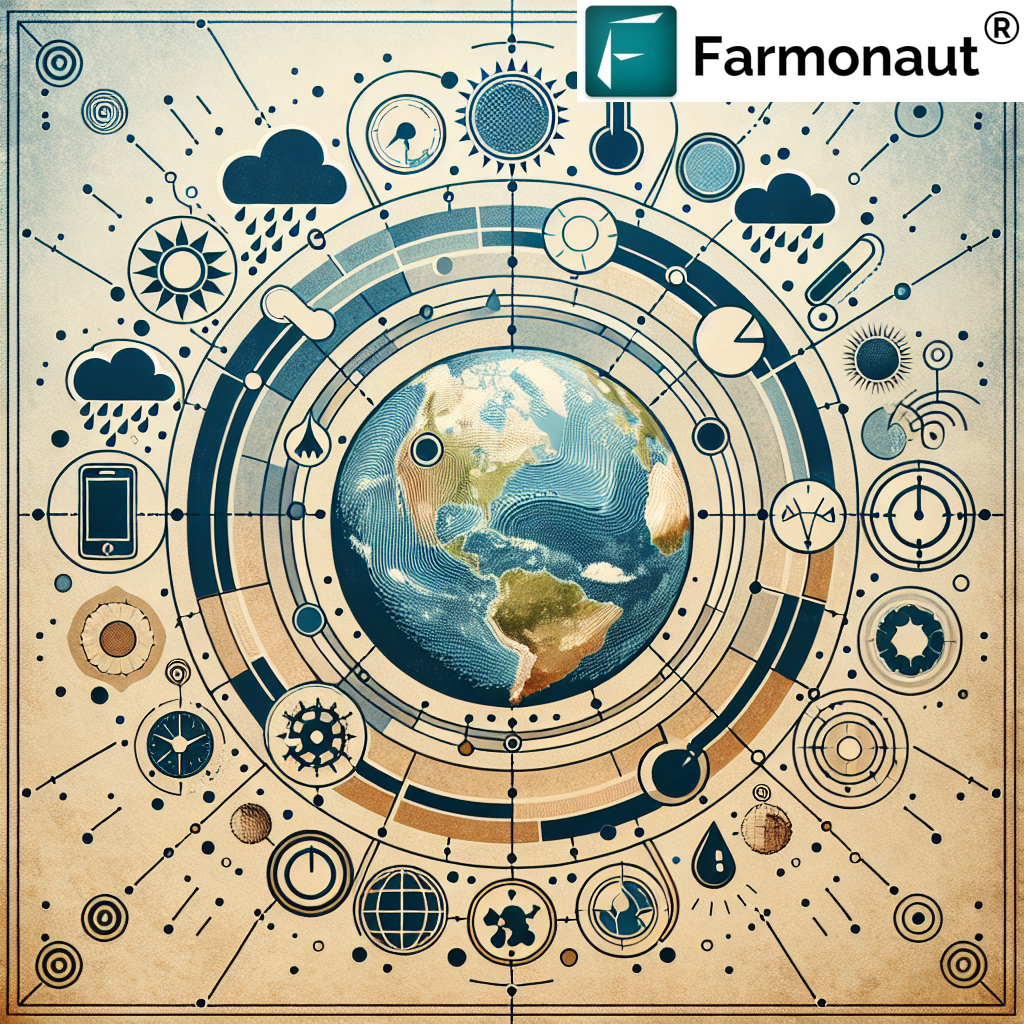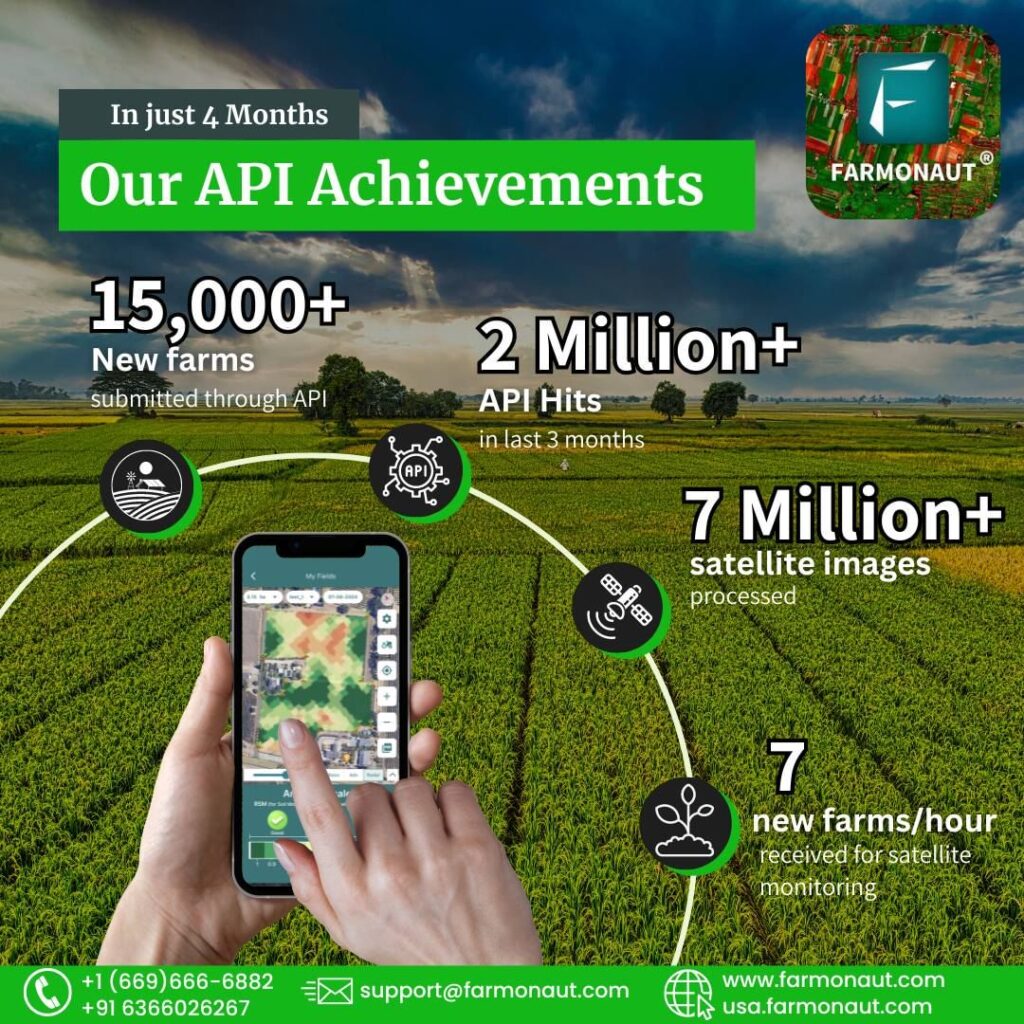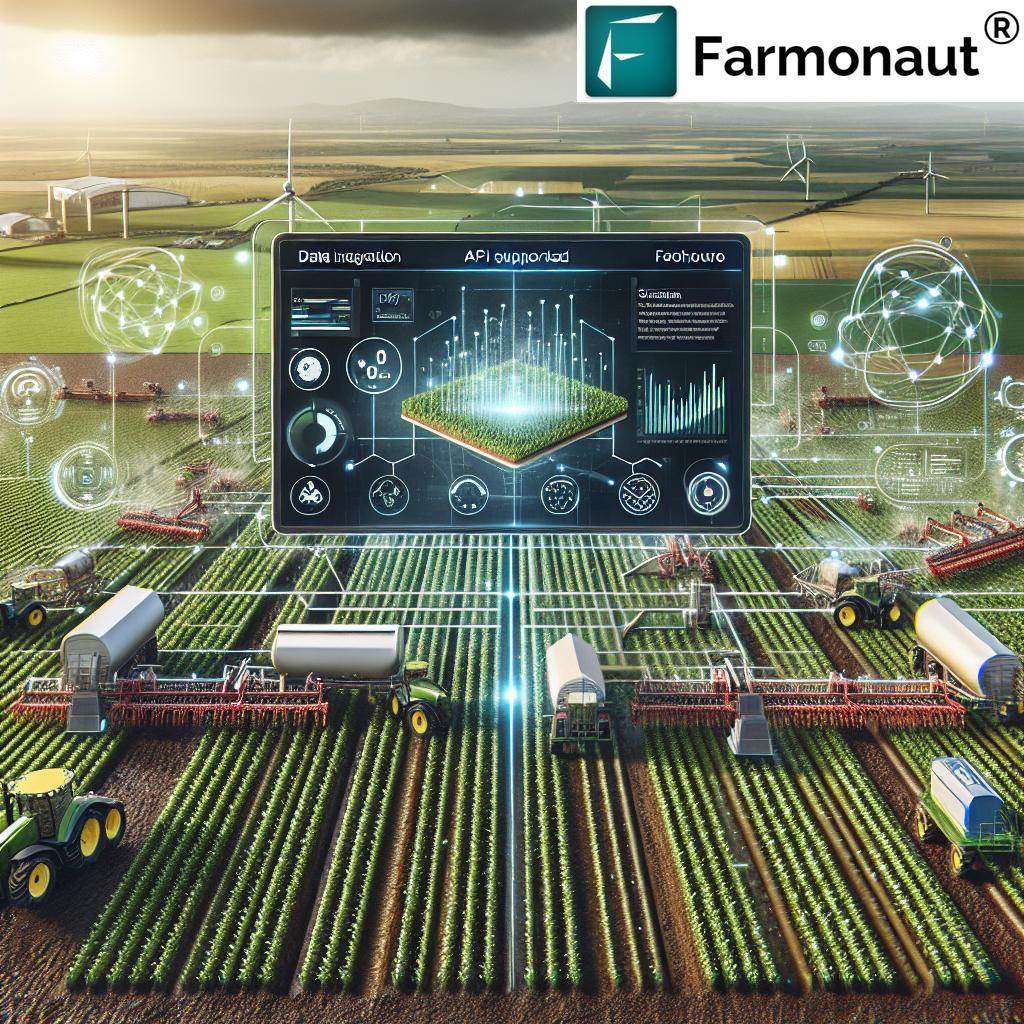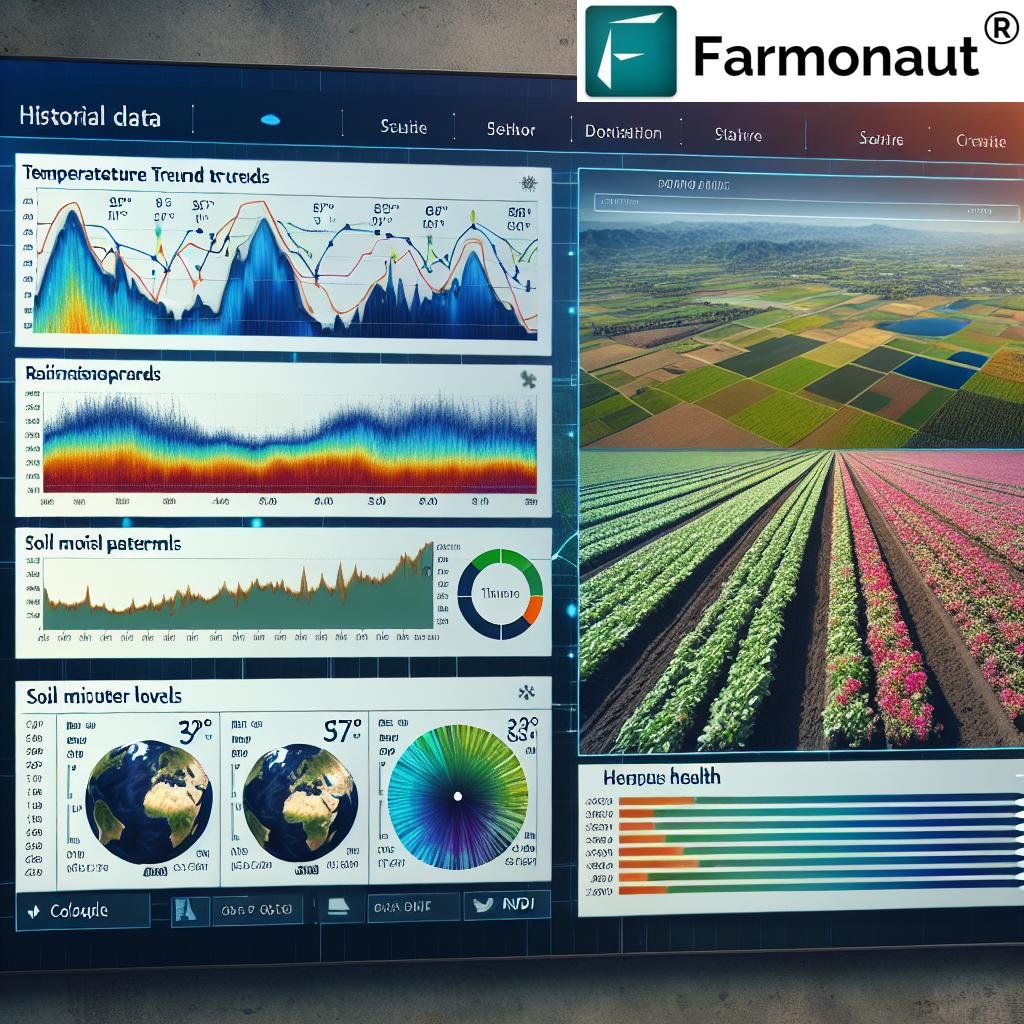Weather API: 7 Powerful Ways to Boost Agriculture & Forestry
“Weather APIs can improve crop yield predictions by up to 30% through real-time climate data integration.”
In today’s rapidly evolving agriculture, farming, and forestry sectors, technology plays a pivotal role in shaping sustainable, resilient, and productive landscapes. One of the most transformative advancements is the use of weather data APIs, which provide real-time, localized, and accurate weather data that is integral for modern farmers, forest managers, and agribusinesses.
Through these interfaces, we can access a wide range of weather details — from temperature and humidity to wind speed, precipitation, and soil parameters — that directly influence crop health, growth stages, irrigation schedules, pest and disease management, harvest timing, and fire risk assessment in forestry.
As we dive deeper, we’ll explore seven powerful applications of weather APIs — highlighting practical strategies for boosting yield, promoting sustainability, and empowering evidence-based decisions in agriculture and forestry management. We’ll also share how Farmonaut, a leader in satellite-based solutions, offers accessible and scalable tools for the next wave of precision agriculture.
Understanding Weather APIs: The Backbone of Modern Agriculture & Forestry
Weather APIs — short for Application Programming Interfaces — are digital bridges enabling us to access and integrate weather data from multiple sources such as satellites, weather stations, and meteorological models. With these interfaces, our agri-tech systems can deliver timely updates on:
- Temperature
- Precipitation levels and patterns
- Humidity
- Wind speed and direction
- Soil moisture conditions
- Specialized agricultural parameters (e.g., evapotranspiration, growing degree days)
By integrating these weather data APIs into **farm management** and **forestry management tools**, we facilitate real-time, data-driven **decision-making** for farming and forest operations. This paves the way for precise, responsive, and ultimately more sustainable **practices**.
Let’s explore the seven most impactful applications of weather APIs in detail.
7 Ways Weather Data APIs Revolutionize Agriculture & Forestry Management
The integration of real-time, accurate, and localized weather data represents a technological leap for agricultural and forestry management. By utilizing weather data APIs, we unlock these seven core benefits:
-
1. Precise Crop Growth Monitoring and Management
The health and growth of every crop are closely tied to changing weather conditions. By utilizing agriculture weather data streams from APIs — encompassing temperature, precipitation, humidity, and soil moisture levels — we can monitor plants across every growth stage. This empowers us to:
- Receive timely updates on sudden weather shifts impacting sensitive plant stages.
- Adjust cultivation practices to optimize yield (e.g., rescheduling planting dates or adjusting fertilizer application).
- Guide irrigation schedules by understanding real-time and future soil moisture trends, leading to efficient water usage and healthy crop development.
For instance, by integrating APIs with platforms like the Jeevn AI Advisory System from Farmonaut, farmers receive personalized insights on optimizing crop practices based on the latest satellite and weather data.
Learn more: Farmonaut Crop, Plantation & Forest Advisory
-
2. Smarter Irrigation Planning with Weather Data
Efficient irrigation is a cornerstone of sustainable agriculture practices. Traditional schedules often result in water waste or under-irrigation. With irrigation planning using weather data APIs, we:
- Forecast upcoming rainfall patterns and plan irrigation accordingly.
- Conserve water resources by only irrigating when weather models indicate insufficient rainfall.
- Reduce operational costs from unnecessary water usage and energy expenditure.
By leveraging Farmonaut’s satellite-based soil moisture monitoring, as well as weather data integration, we can further refine irrigation decisions and enhance on-field resource management.
-
3. Predictive Pest and Disease Management
The prevalence and spread of agricultural pests and diseases are directly influenced by specific temperature, humidity, and precipitation ranges. Through continuous monitoring and analyzing weather data:
- We can predict pest and disease outbreaks well in advance, allowing for timely, targeted intervention.
- This reduces reliance on chemical sprays by enabling a preventive rather than reactive approach, fostering more sustainable agriculture.
- Localized climate data allows us to deploy the most effective measures where and when they’re needed most.
Platforms with hyperlocal forecasting make these decisions possible at individual field scales, minimizing risk and maximizing yields.
-
4. Optimized Harvest Timing and Post-Harvest Operations
The timing of harvest is critical — too soon or too late can significantly affect crop quality and market value. By integrating weather API for farmers into planning, we:
- Receive accurate short-term weather forecasts to avoid sudden rainfall, heatwaves, or high humidity during harvest.
- Schedule harvest during optimal weather windows, reducing post-harvest losses.
- Enhance crop shelf-life and reduce spoilage with data-driven storage and transport decisions.
Smart harvest planning not only maximizes production outcomes but also streamlines logistics across the value chain.
-
5. Fire Risk Assessment for Forestry Management
Forest fires pose an existential threat to forests, wildlife, and human life. Real-time fire risk assessment using weather APIs provides forestry professionals with critical:
- Alerts based on temperature, wind speed, humidity, and drought parameters.
- Faster deployment of wildfire prevention and mitigation resources.
- Ability to set up early warning systems and manage evacuations or controlled burns during peak risk periods.
Integrating weather data into fleet and resource management tools further ensures quick response times and efficient allocation of firefighting assets during emergencies.
-
6. Growth and Yield Predictions for Sustainable Forestry
Forests are sensitive bio-systems whose health and growth are heavily impacted by long-term climatic trends. By coupling real-time weather monitoring and historical data from APIs, forestry managers gain:
- Superior growth models and yield predictions for timber and non-timber resources.
- Valuable insights into the timing and type of regeneration or thinning activities needed for long-term sustainability.
- Decision support for adaptive management as climate conditions evolve.
This data-driven approach brings scalability and efficiency to even vast, remote, and diverse forest landscapes.
-
7. Climate Change Monitoring and Adaptive Strategies
Climate change is creating greater variability in temperature, precipitation, and weather patterns worldwide. Using weather APIs for longitudinal data analysis allows:
- Tracking key climate indicators (e.g., increased drought frequency, shifting rainfall windows).
- Adaptive planning, such as shifting plantation or cropping schedules, based on evolving climate risks.
- Supporting conservation activities — like reforestation — by identifying regions at risk.
Farmonaut’s carbon footprint tracking (learn more here) is an example of technology helping agribusinesses monitor and reduce environmental impact through data-driven sustainability initiatives.
“Forestry operations using weather APIs report a 25% reduction in resource wastage due to precise weather forecasting.”
Weather API Feature-Impact Comparison Table
| Weather API Feature | How It Works | Estimated Impact on Agriculture | Estimated Impact on Forestry |
|---|---|---|---|
| Real-time Weather Monitoring | Provides instant updates on temperature, humidity, precipitation, and wind. | Up to 10–20% higher crop protection; increased timing accuracy for field operations | Up to 25% faster emergency response (fires, storms); resource allocation efficiency |
| Forecast Accuracy | AI-enhanced models combine satellite and ground-station data for improved predictions | Up to 30% improvement in crop yield predictions; cost reduction through optimized inputs | 10–15% improved forest management scheduling; better planning for thinning/harvest |
| Drought Alerts | Notifies users of low rainfall and soil moisture anomalies | Up to 20% reduction in crop losses; smarter, timely irrigation triggers | Early alerts can reduce fire risk and tree mortality by 10–20% |
| Frost Warnings | Hyperlocal temperature analysis flags upcoming frost events | Prevents up to 15% of fruit crop losses due to frost damage | Reduces sapling mortality and supports regeneration success |
| Rainfall Prediction | Estimates short- and medium-term precipitation for specific regions | Enables precise irrigation; can cut water costs by 10–20% | Improves soil and hydrology management; supports biodiversity protection |
| Satellite Imagery Integration | Combines multispectral satellite data with weather feeds | Supports large-scale, low-cost crop health monitoring | Facilitates forest health analysis and growth tracking |
| Historical Weather Data | Stores past weather patterns for trend analysis | Helps design resilient schedules and select crop varieties | Supports modeling of long-term forest change & biodiversity effects |
Farmonaut: Real-Time Weather Monitoring & Precision Agriculture Through APIs
Farmonaut brings together the best of satellite technology, artificial intelligence, and modern software engineering to build the future of precision agriculture and forestry management. With web, mobile, and API interfaces, Farmonaut is making **advanced weather insights**, field monitoring, and advisory accessible in real-time, globally. Here’s how we empower modern farm and forest operations:
-
Satellite-Based Crop Health & Soil Moisture Monitoring:
Multispectral imagery analyzes plant health (NDVI) and delivers soil moisture levels directly to the farmer’s app or dashboard. Result? Data-driven input use, higher yields, and reduced resource wastage. -
Jeevn AI Advisory (Weather-integrated):
Our AI engine personalizes actionable suggestions for crop management, integrating both satellite and weather data. Agricultural advisory now adapts directly to your local conditions using modern APIs. -
Resource, Fleet, and Fire Risk Management:
Farmonaut’s fleet management tools help agribusinesses efficiently coordinate emergency and routine farm machinery operations — especially valuable in fire risk scenarios and large-scale planting or harvest seasons. -
Traceability via Blockchain:
Using blockchain-based product traceability, every aspect of the crop lifecycle can be securely traced from field to consumer, promoting transparency and building trust. -
Carbon Footprint Tracking:
Our carbon footprinting features help agribusinesses meet sustainability targets by measuring real-time field emissions and facilitating eco-friendly strategies. -
Easy Integration & Developer-Focused APIs:
Any agricultural software or IoT platform can leverage Farmonaut’s weather and satellite APIs, scaling the benefits of integrating weather data with IoT for automated and intelligent farm decision-making. For technical resources and ways to get started, check our
Developer Docs.
Farmonaut’s flexible business model means smallholder farmers, large agribusinesses, governments, NGOs, and even financial institutions can all benefit from **affordable, subscription-based precision agriculture tools**.
Ready to experience data-driven agriculture?
Try Farmonaut’s web & mobile app today!
How to Select the Right Weather API for Agriculture & Forestry
Not all weather APIs are created equal. For success in agriculture weather data and forestry management tools, consider the following parameters.
-
Data Coverage and Granularity:
Does the API offer robust coverage in your region? Look for high spatial and temporal resolution to support accurate, field-level decisions. -
Accuracy and Reliability:
Choose APIs that integrate multiple trusted sources, including satellites and ground stations. Real-time or near-real-time updates are essential for critical operational choices. -
Specialized Agricultural and Forestry Data:
Beyond basic weather, ensure the API provides soil moisture, evapotranspiration, growing degree days, drought indices, and even crop-specific insights. -
Integration Capabilities:
Seamless API integration with existing farm management systems, IoT devices, or custom dashboards is vital for automation and efficiency. -
Cost-Effectiveness:
Balance your requirement for high-resolution or specialized data with budget constraints. Subscription models, like Farmonaut’s, help manage cost while ensuring consistent and scalable access. -
Security & Privacy:
Given the sensitivity of agricultural and asset data, robust data encryption and privacy protocols are non-negotiable. -
Support & Documentation:
A comprehensive, accessible developer documentation suite accelerates successful implementation and troubleshooting.
Farmonaut addresses all these considerations, making adoption frictionless for farmers, developers, and enterprises alike.
Explore our complete API offerings:
Farmonaut API Documentation
Challenges, Key Considerations & The Future of Weather API Integration
Current Challenges in Weather API Adoption
- Data Overload: Vast streams of information can overwhelm farmers and forestry managers. Effective data management tools are crucial for actionable decision-support.
- Cost Implications: Specialized or high-resolution data feeds can be costly for some stakeholders. Prioritize solutions with scalable tiered pricing (as offered by Farmonaut’s subscription model).
- Data Security and Privacy: With more integration across devices, security protocols must be stringent to prevent unauthorized access or misuse of sensitive data.
Future Outlook: Tech Evolution and Agriculture/Forestry Sustainability
The future of agriculture and forestry management will be shaped by even deeper integration of weather APIs with IoT devices, AI models, and machine learning. These advancements unlock:
- More localized weather predictions — with field or plot-level granularity.
- Automated, AI-driven decision-making— where irrigation systems or pest alerts auto-adjust based on weather patterns.
- Wider adoption of sustainable agriculture practices and climate adaptation strategies, powered by objective climate data streams.
- Critical resilience against growing climate variability, pest outbreaks, and natural threats like fires and droughts.
With the right weather API strategy, every stakeholder — from individual farmer to government agency — can build a productive, resilient, and sustainable future.
Looking for Large Scale Farm or Forest Management?
Modern managers overseeing vast plantations or forest tracts need tools that synthesize satellite, weather, and on-ground data. Experience Farmonaut’s large-scale management solutions and advisory platforms for organizations and enterprises.
Learn more about Agro-Admin: Scalable Solutions for Large-Scale Plantation Management
FAQs: Weather APIs in Agriculture & Forestry Management
What is a weather API, and how does it help farmers?
A weather API is an interface allowing apps or software to access up-to-date weather info from satellites, stations, and remote sensors. For farmers, it means real-time access to temperature, precipitation, humidity, and other parameters crucial for everyday decisions — such as when to irrigate, plant, harvest, or protect crops from adverse conditions.
How can weather APIs improve forestry operations?
In forestry management, APIs support fire risk assessment, resource allocation, yield prediction, and monitoring the impact of climate change. This ensures more resilient and sustainable forestry practices.
Can weather APIs integrate with existing farm management systems or IoT devices?
Yes! Leading solutions such as Farmonaut’s API are specifically designed for easy integration with third-party software and IoT devices, enabling automated weather-based alerts, irrigation, resource allocation, and more.
Is the data from weather APIs reliable and accurate?
When using APIs that aggregate data from trusted sources such as satellites, ground weather stations, and updated meteorological models, accuracy is very high. Always check for coverage, update frequency, and resolution when choosing your provider.
What is the cost structure for weather APIs and satellite crop monitoring?
Costs vary depending on API features, data resolution, and usage limits. For example, Farmonaut offers flexible subscription pricing for individual farms, businesses, or government use cases. View plans below.
Where can I find the Farmonaut API documentation or developer resources?
Explore Farmonaut’s developer documentation for weather, satellite, and advisory integration at this link.
Does Farmonaut provide weather API solutions for government agencies or large corporate clients?
Yes, Farmonaut offers scalable solutions from individual users to enterprise, government, and NGO programs — with tools for large-scale farm, forest, and crop area management. Contact us to learn more.
Are there other services provided by Farmonaut for managing carbon emissions and supply chain tracing?
Absolutely! Carbon footprint monitoring and blockchain-based traceability are available for users aiming for sustainability and supply chain transparency.
Farmonaut Subscriptions: Simple, Transparent Pricing for Every Grower
Discover affordable, tiered subscription plans built for individual farmers, cooperatives, large agribusiness, and government agencies. Choose your coverage, frequency of updates, and get started with integrated weather & satellite insights!
Ready to Experience the Next Generation of Precision Agriculture & Forestry?
Start monitoring your crops and fields today with Farmonaut’s web and mobile app — or integrate real-time weather and satellite data into your agri-systems through our API.
Conclusion: Data-Driven Success in Agriculture & Forestry
The utilization of weather APIs is revolutionizing the way we manage agricultural fields and forest resources. By embracing real-time data, integrating with IoT devices, and adopting scalable, affordable technologies like Farmonaut, we are paving the way for higher yields, resilient landscapes, and a more sustainable future. Equip yourself with the best in technology & innovation — and thrive in an increasingly complex, climate-impacted world.





